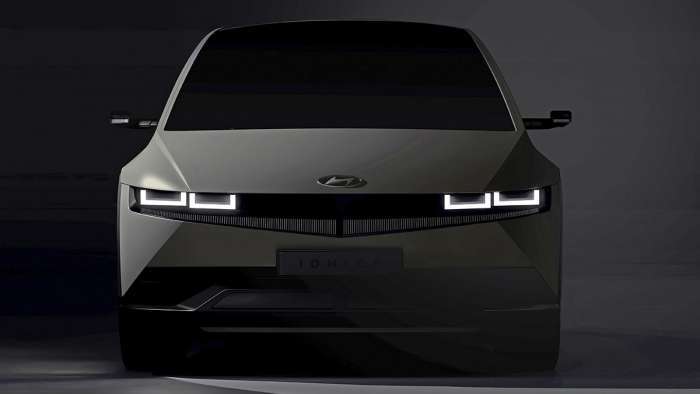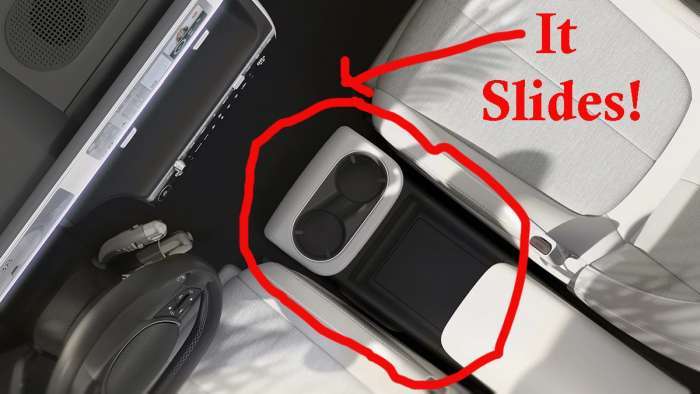The automotive world in the last 24 hours has been deluged with EV news. First a new Chevy Bolt was released; Jaguar Land Rover unveiled its ambitious EV plans, and now Hyundai has released an image of the interior of the Ioniq 5, which make its world premiere on Feb. 23.
The Ioniq 5 is Hyundai’s first battery electric vehicle (BEV) model to use the Electric-Global Modular Platform (E-GMP). This BEV-dedicated platform houses a flat battery that enables a spacious and customizable interior, offering personalized mobility with flexible configurations to comfortably accommodate both passengers and cargo.
Furnished with primarily eco-friendly materials and textiles, the interior design reflects what Hyundai calls “consumers’ rising interest in personal transportation that supports well-being as well as demand for more ethical and sustainable products.”

“IONIQ 5 is a statement of design that offers an optimistic look at what customers can expect in the new EV era,” said SangYup Lee, senior vice president and head of hyundai global design center. “The long wheelbase is translated to a new dimension of space. We designed this special space as a perfect place to recharge your home away from home.”
The E-GMP allows for an elongated wheelbase and flat floor. Ioniq 5’s driver and passengers can freely enter and exit the cabin on either side when parked in a narrow spot, because the flat floor allows the center console to slide back and forth. It’s literally a concern I’ve never heard expressed but it does change how one envisions parking in the 21st century.

Hyundai says this resulted in a fundamental rethink of the conventional center console and to offer greater function than a static storage box. The newly developed ‘Universal Island’ replaces the center console and becomes the centerpiece of the IONIQ 5’s living space experience.
The driver and front passenger seats are equipped with leg rests that allow passengers to relax and recharge while their vehicle is being recharged. All seats can be operated and repositioned, making it easier for adults in the front to care for children and pets seated in the rear.
Hyundai strove for more eco-conscious mobility solutions with lower environmental impact in the interior. The seats are clad in an eco-processed leather that is dyed and treated with plant oil extractions from flaxseed.
Other soft furnishings throughout the cabin consist of textiles derived from sustainable fibers such as sugar cane bio components, wool and poly yarns, as well as material woven from fibers made from recycled PET plastic bottles. Surfaces such as the dashboard, switches, steering wheel and door panels are coated in a polyurethane bio paint composed of oils from rape flowers and corn.
Keith Griffin covers Hyundai and Kia at Torque News. He has been writing continuously about cars since 2002. Keith used to be a researcher/writer for US News & World Report, as well as numerous car sites, including Carfax and Car Gurus, and a contributor to The Boston Globe. Most recently, Keith was the managing editor for American Business Media. Follow Keith at @indepthauto on Twitter, on @LinkedIn and on his Indepth Auto Facebook page.












